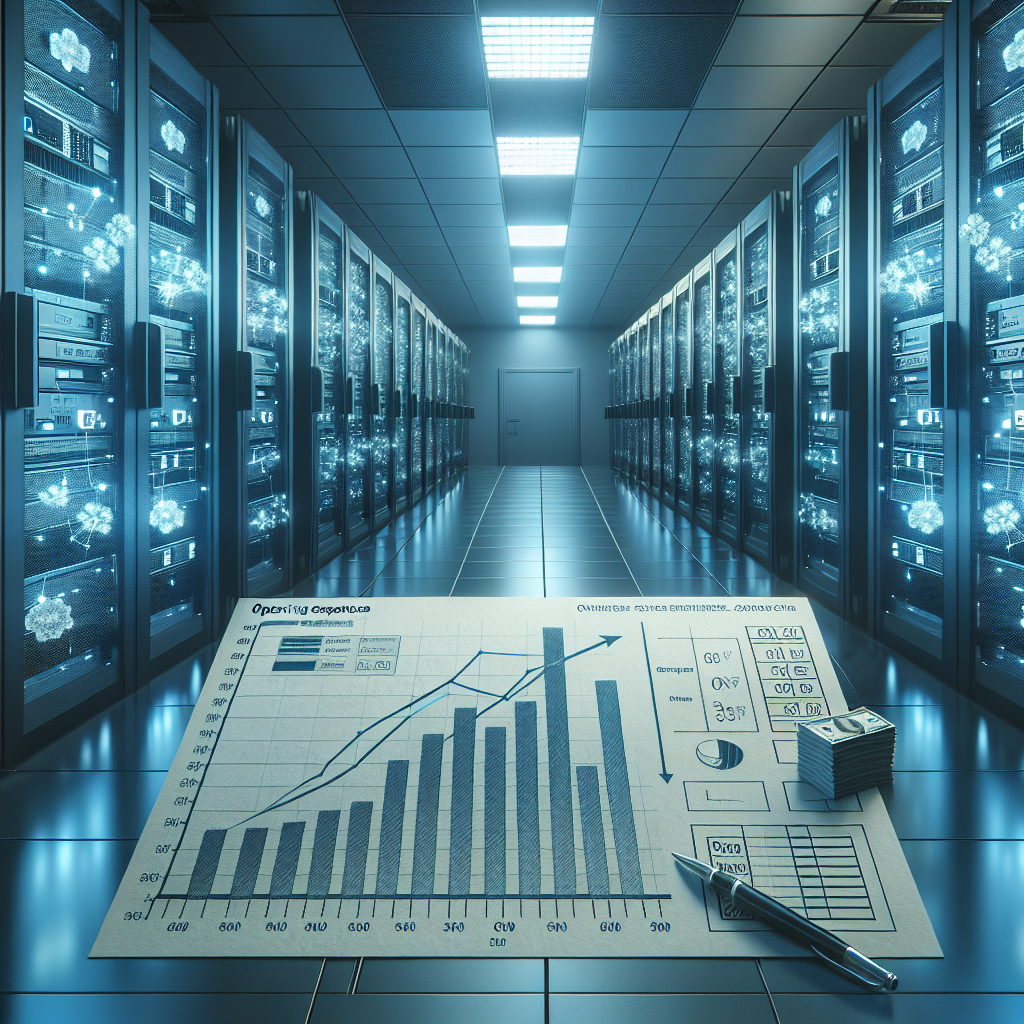Your cart is currently empty!
Tag: data center maintenance costs
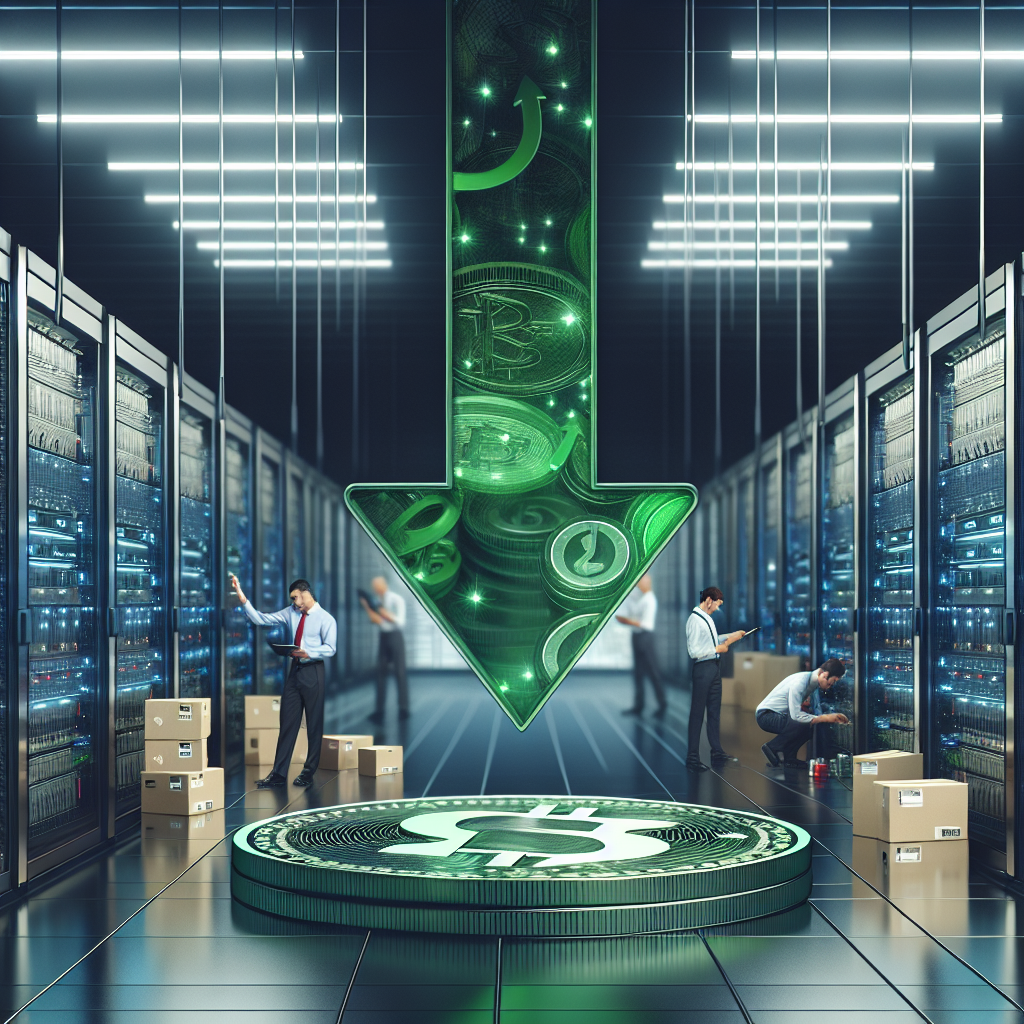
Efficiency Equals Savings: Tips for Reducing Data Center Maintenance Costs
Data centers play a crucial role in the operations of countless businesses, providing the infrastructure needed to store and manage vast amounts of data. However, the maintenance and operational costs associated with running a data center can be significant. In order to maximize efficiency and reduce costs, it is important for data center managers to implement strategies that help to streamline operations and minimize downtime.One key factor in reducing data center maintenance costs is maximizing efficiency. By optimizing the performance of the data center infrastructure, businesses can reduce energy consumption and lower operating costs. Here are some tips for reducing data center maintenance costs through increased efficiency:
1. Regular maintenance and monitoring: Regular maintenance of data center equipment is crucial in order to prevent downtime and ensure optimal performance. By conducting regular inspections and monitoring the health of data center equipment, managers can identify and address potential issues before they escalate into costly problems.
2. Implement energy-efficient practices: Energy consumption is a major expense for data centers, so implementing energy-efficient practices can lead to significant cost savings. This can include using energy-efficient cooling systems, optimizing server configurations, and implementing virtualization technologies to reduce the number of physical servers needed.
3. Use automation tools: Automation tools can help to streamline data center operations and reduce the need for manual intervention. By automating routine tasks such as system updates, backups, and monitoring, data center managers can increase efficiency and reduce the risk of human error.
4. Implement proper cooling systems: Cooling accounts for a significant portion of data center energy consumption, so implementing efficient cooling systems is key to reducing costs. Using precision cooling systems and hot aisle/cold aisle containment can help to optimize airflow and reduce energy usage.
5. Consider outsourcing: In some cases, outsourcing data center maintenance to a third-party provider can be a cost-effective option. By partnering with a reputable data center management company, businesses can benefit from the expertise and resources of a dedicated team, while also reducing the burden on internal IT staff.
By implementing these strategies, data center managers can increase efficiency, reduce maintenance costs, and improve overall performance. By taking proactive steps to optimize data center operations, businesses can achieve significant cost savings while ensuring the reliability and security of their critical infrastructure.
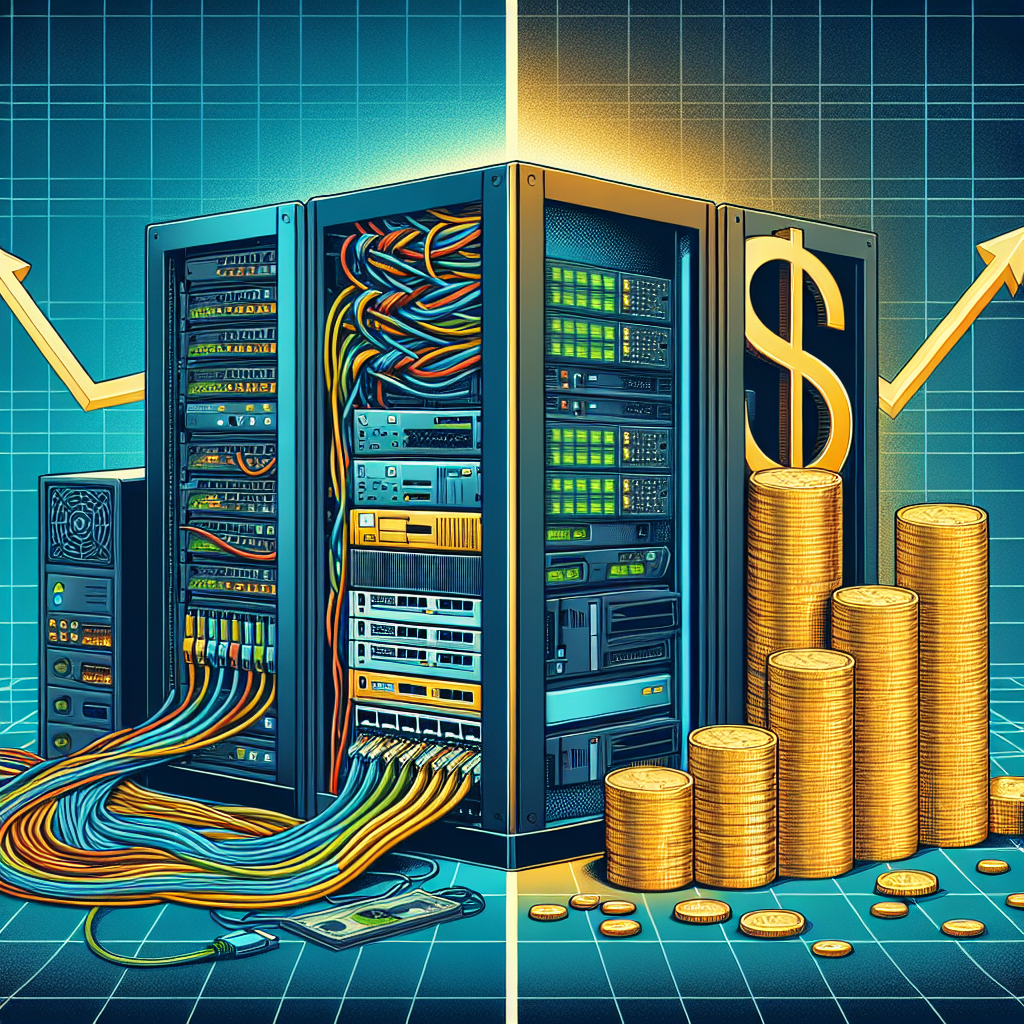
From Downtime to Dollars: Calculating the Financial Impact of Data Center Maintenance
Data centers are the backbone of today’s digital economy, serving as the nerve center for businesses of all sizes. These facilities house the servers, storage, and networking equipment that enable companies to store, process, and transmit data. As such, ensuring the optimal performance and reliability of data center infrastructure is critical to the success of any organization.One of the key factors in maintaining the efficiency and uptime of a data center is regular maintenance. From routine tasks like cleaning and equipment inspections to more complex activities such as software updates and hardware upgrades, maintenance plays a crucial role in preventing downtime and ensuring that the data center operates at peak performance.
However, many organizations struggle to quantify the financial impact of data center maintenance. While it may seem like an operational expense that can be easily overlooked, the reality is that downtime can have a significant cost associated with it. According to a report by the Ponemon Institute, the average cost of data center downtime is $740,357 per incident, with the potential for even higher costs depending on the size and complexity of the data center.
To help organizations better understand the financial impact of data center maintenance, it is essential to calculate the costs associated with downtime. This includes not only the direct costs of lost revenue and productivity, but also the indirect costs such as damage to brand reputation and customer loyalty.
In addition, organizations should also consider the cost of maintenance itself. While it may seem like an unnecessary expense, regular maintenance can actually save money in the long run by preventing costly downtime and extending the lifespan of equipment. By investing in proactive maintenance strategies, organizations can minimize the risk of unexpected failures and reduce the overall cost of operating their data center.
To calculate the financial impact of data center maintenance, organizations should consider the following factors:
1. Cost of downtime: Calculate the direct and indirect costs associated with downtime, including lost revenue, productivity, and customer goodwill.
2. Cost of maintenance: Estimate the expenses related to routine maintenance tasks, equipment upgrades, and repairs.
3. Return on investment: Evaluate the potential savings and benefits of investing in proactive maintenance strategies, such as increased uptime and improved performance.
By taking a comprehensive approach to calculating the financial impact of data center maintenance, organizations can make informed decisions about how to best allocate their resources and ensure the long-term success of their data center operations. From downtime to dollars, understanding the true cost of maintenance is essential for maximizing the efficiency and reliability of data center infrastructure.
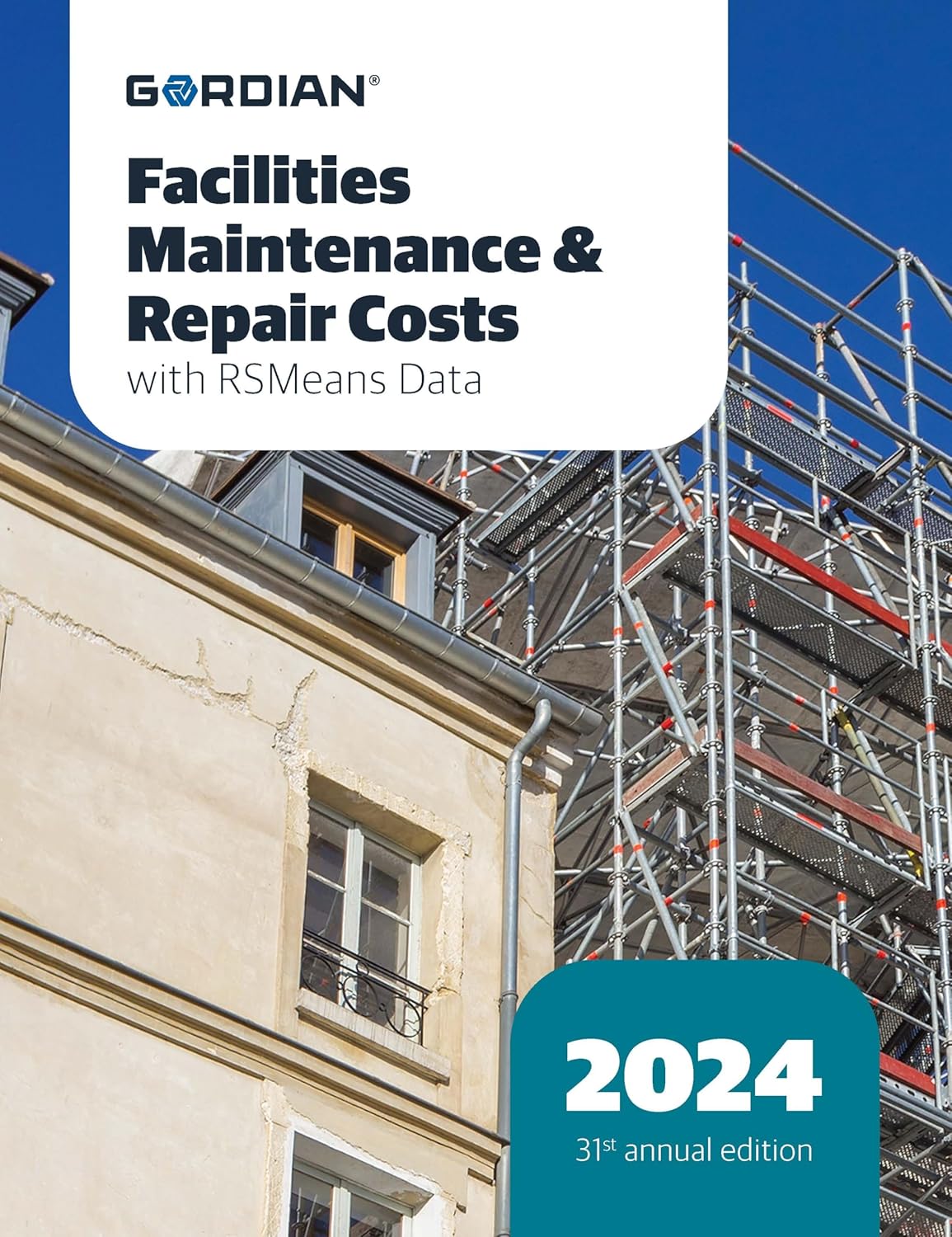
Facilities Maintenance & Repair Costs With RSMeans Data 2024 (Means Facilities Maintenance & Repair Cost Data)
Price:$1,180.00– $1,039.00
(as of Dec 04,2024 11:24:10 UTC – Details)
Facilities Maintenance & Repair Costs With RSMeans Data 2024 (Means Facilities Maintenance & Repair Cost Data)Are you looking for accurate and up-to-date data on facilities maintenance and repair costs for 2024? Look no further than RSMeans Data, the industry leader in construction cost estimating. With RSMeans Data, you can easily access reliable information on labor, material, and equipment costs for all types of facilities maintenance and repair projects.
Whether you are planning a simple repair or a major renovation, RSMeans Data provides the detailed cost data you need to make informed decisions and stay within budget. With comprehensive data on hundreds of maintenance and repair tasks, you can quickly and accurately estimate costs for projects of any size or complexity.
Don’t let unexpected expenses derail your maintenance and repair projects. Trust RSMeans Data to provide the most accurate and reliable cost data available. Stay ahead of the curve and ensure the success of your projects with RSMeans Data for 2024.
#Facilities #Maintenance #Repair #Costs #RSMeans #Data #Means #Facilities #Maintenance #Repair #Cost #Data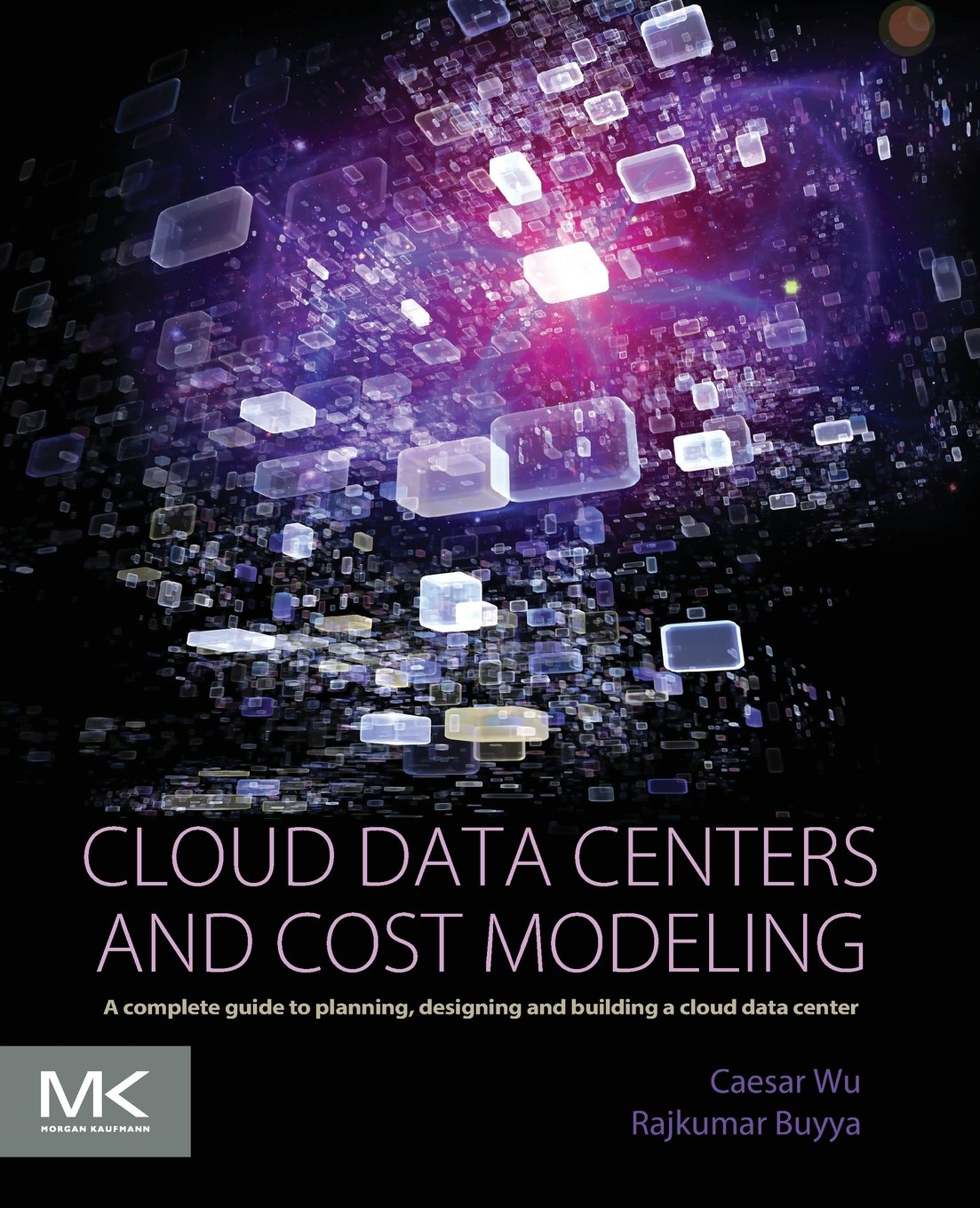
Cloud Data Centers and Cost Modeling: A Complete Guide To Planning, Designing and Building a Cloud Data Center
Price:$99.95– $75.74
(as of Dec 04,2024 07:36:43 UTC – Details)
Publisher : Morgan Kaufmann; 1st edition (March 16, 2015)
Language : English
Paperback : 848 pages
ISBN-10 : 012801413X
ISBN-13 : 978-0128014134
Item Weight : 3.74 pounds
Dimensions : 7.5 x 1.68 x 9.25 inches
Cloud Data Centers and Cost Modeling: A Complete Guide To Planning, Designing and Building a Cloud Data CenterAs businesses continue to shift towards cloud computing, the demand for efficient and reliable cloud data centers is on the rise. Building a cloud data center requires careful planning, meticulous design, and strategic cost modeling to ensure optimal performance and cost-efficiency.
In this guide, we will provide you with a comprehensive overview of the key considerations involved in planning, designing, and building a cloud data center. From selecting the right location and designing the infrastructure to estimating costs and optimizing efficiency, this guide will help you navigate the complex process of building a cloud data center.
Key topics covered in this guide include:
– Selecting the right location for your cloud data center, taking into account factors such as proximity to users, availability of power and cooling, and regulatory requirements.
– Designing the infrastructure of your cloud data center, including server racks, networking equipment, and storage systems, to ensure scalability, reliability, and security.
– Estimating the costs of building and operating a cloud data center, including factors such as construction costs, equipment costs, and ongoing maintenance expenses.
– Implementing cost modeling techniques to optimize the efficiency of your cloud data center and maximize return on investment.Whether you are a business owner looking to build a cloud data center for your organization or a data center professional seeking to enhance your knowledge and skills, this guide will provide you with the information you need to successfully plan, design, and build a cloud data center. Stay tuned for more updates on cloud data centers and cost modeling!
#Cloud #Data #Centers #Cost #Modeling #Complete #Guide #Planning #Designing #Building #Cloud #Data #Center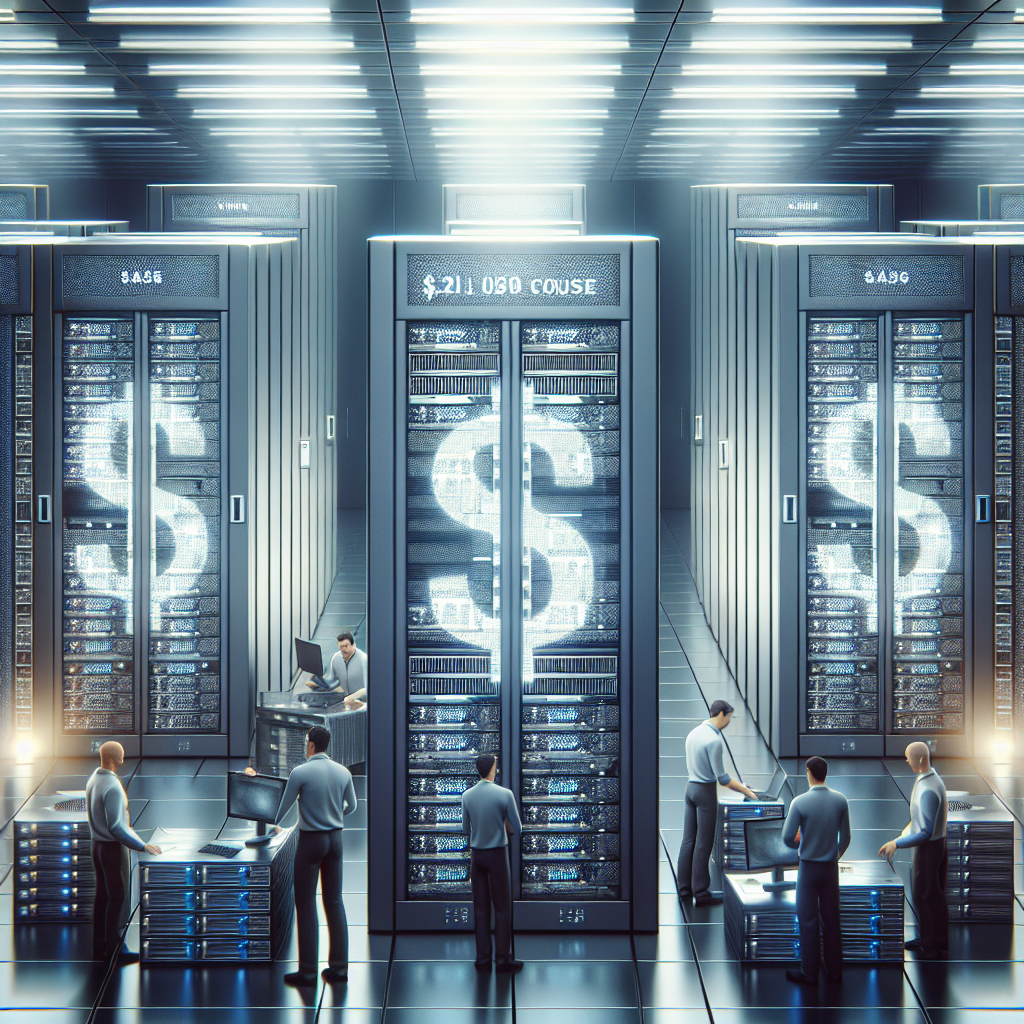
Uncovering Hidden Expenses: A Look at Data Center Maintenance Costs
Data centers are essential for businesses of all sizes to store and manage their data, but the maintenance costs associated with running and operating these facilities can often be overlooked. From cooling systems to power supply, there are numerous expenses that go into maintaining a data center. In this article, we will take a closer look at some of the hidden costs associated with data center maintenance.One of the biggest expenses that data centers face is the cost of electricity. Data centers require a significant amount of power to operate their servers, cooling systems, and other equipment. In fact, according to a study by the U.S. Department of Energy, data centers consume about 2% of all electricity in the country. This can add up to a substantial cost for businesses, especially as energy prices continue to rise.
Cooling systems are another major expense for data centers. Servers generate a lot of heat, and if not properly cooled, they can overheat and malfunction. Data centers typically use air conditioning units or specialized cooling systems to keep their servers at the optimal temperature. These systems can be expensive to install and maintain, and they can also consume a large amount of electricity.
In addition to electricity and cooling costs, data centers also have to budget for regular maintenance and upgrades. Servers and other equipment need to be regularly inspected, cleaned, and upgraded to ensure they are functioning properly. This can require hiring specialized technicians and purchasing new equipment, both of which can add to the overall cost of running a data center.
Security is another important aspect of data center maintenance that often comes with a hefty price tag. Data centers house sensitive and valuable information, so they need to be protected from physical and cyber threats. This can involve installing surveillance cameras, access control systems, and fire suppression systems, as well as investing in cybersecurity measures to protect data from hackers and other malicious actors.
Overall, data center maintenance costs can quickly add up and become a significant expense for businesses. It’s important for companies to carefully budget for these expenses and explore ways to reduce costs where possible. This could include implementing energy-efficient technologies, consolidating servers, or outsourcing some maintenance tasks to third-party providers.
In conclusion, uncovering hidden expenses associated with data center maintenance is essential for businesses to effectively manage their budgets and ensure the smooth operation of their data centers. By understanding the various costs involved in maintaining a data center, companies can make informed decisions about how to best allocate their resources and optimize their operations.
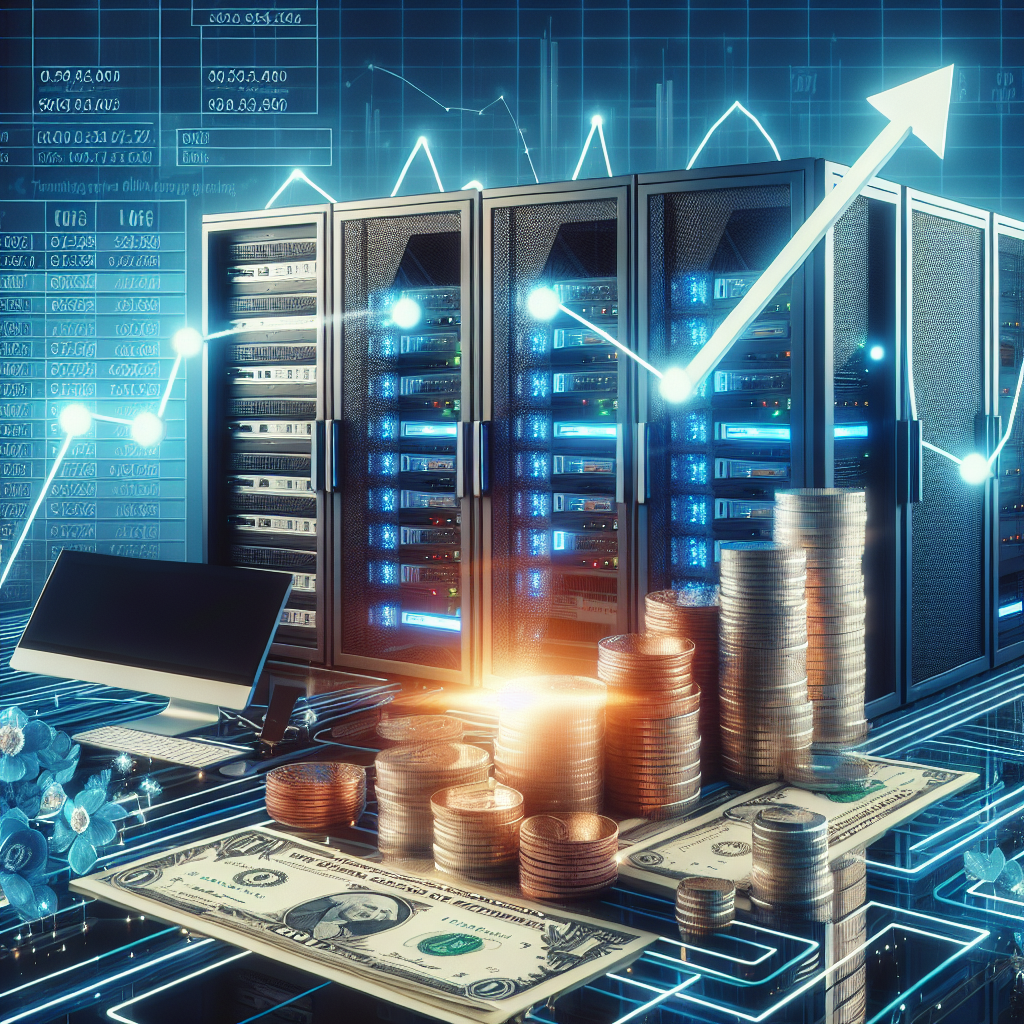
Maximizing ROI: Strategies for Minimizing Data Center Maintenance Costs
When it comes to running a data center, one of the biggest challenges that companies face is managing the high costs associated with maintenance. From cooling systems to power distribution units, there are a myriad of components that need regular upkeep in order to ensure optimal performance and reliability. However, by implementing strategies to minimize maintenance costs, companies can maximize their return on investment (ROI) and improve their bottom line.One of the most effective ways to minimize data center maintenance costs is to invest in energy-efficient equipment. By choosing servers, cooling systems, and other infrastructure that are designed to operate at maximum efficiency, companies can reduce their energy consumption and lower their utility bills. Additionally, energy-efficient equipment typically requires less maintenance, as it is less prone to breakdowns and failures.
Regular maintenance is also key to minimizing costs in the long run. By implementing a proactive maintenance schedule, companies can identify and address potential issues before they escalate into costly repairs. This can include tasks such as cleaning filters, inspecting equipment for wear and tear, and testing backup systems to ensure they are functioning properly.
Outsourcing maintenance to a third-party provider can also help companies save money on data center upkeep. By partnering with a reputable service provider, companies can benefit from their expertise and experience, as well as access to specialized tools and resources. This can help companies avoid the high costs associated with hiring and training in-house maintenance staff, as well as the expense of purchasing and maintaining equipment.
Another strategy for minimizing data center maintenance costs is to implement remote monitoring and management solutions. By utilizing advanced monitoring tools, companies can proactively track the performance of their data center equipment in real time, allowing them to identify and address issues before they impact operations. This can help companies reduce downtime, improve reliability, and ultimately save money on maintenance and repair costs.
In conclusion, by implementing strategies to minimize data center maintenance costs, companies can maximize their ROI and improve their overall profitability. By investing in energy-efficient equipment, implementing regular maintenance schedules, outsourcing maintenance to third-party providers, and utilizing remote monitoring tools, companies can reduce their operating expenses and ensure their data center remains reliable and efficient. Ultimately, by taking a proactive approach to maintenance, companies can achieve significant cost savings and improve their bottom line.
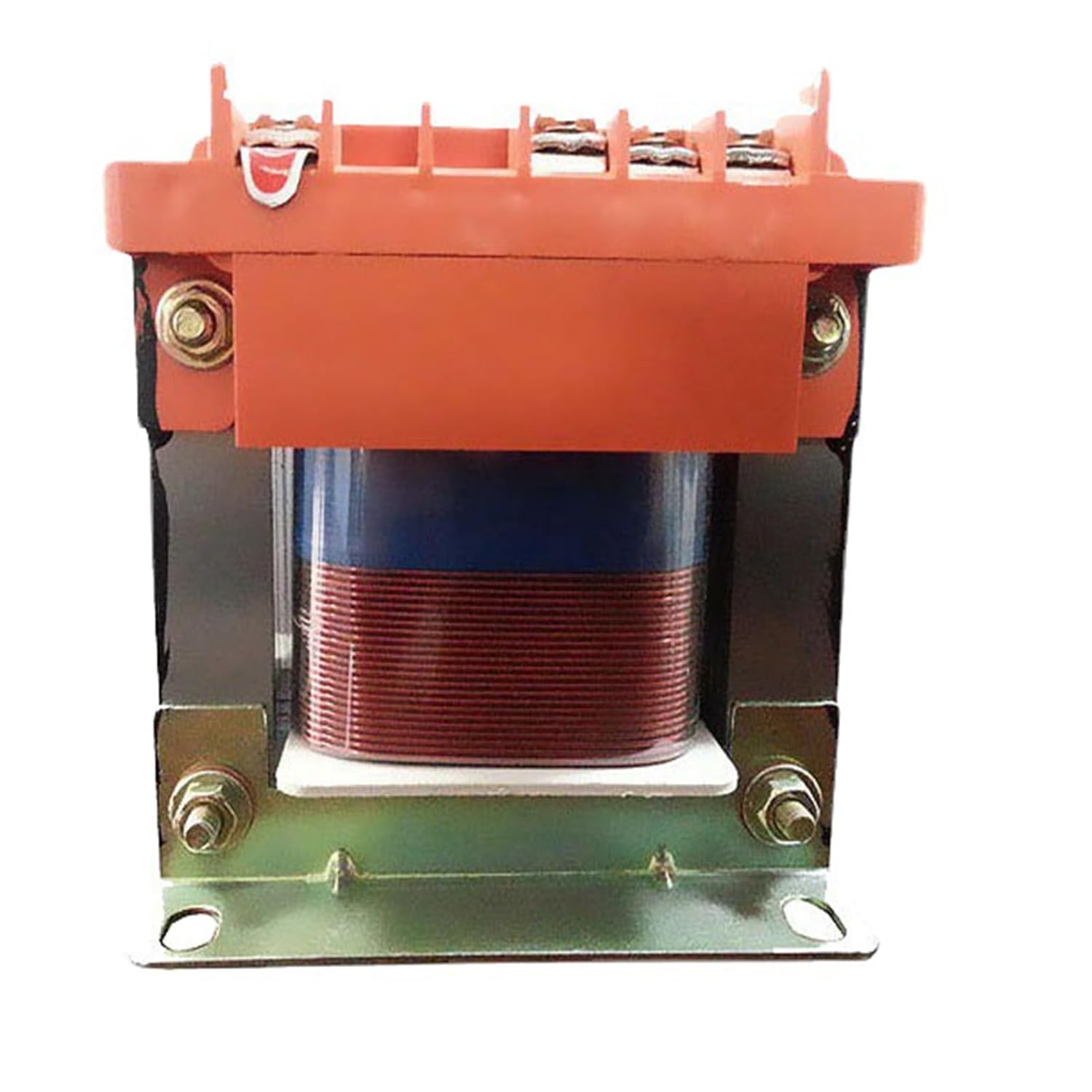
Control Transformer,380 to 220V Step Down Converter,Single Phase Isolation Power Module Suitable for Machine Tools and Other Equipment,380V to 220V,1500W
Price: $410.99
(as of Dec 02,2024 08:43:44 UTC – Details)
This control isolation transformer is compatible with a wide range of electrical equipment, making it suitable for various applications. Whether for industrial machinery, medical devices, or data centers, its versatility makes it a valuable addition to any setup.
Specification:
Structure: Control isolation transformer
Rated power: 1000W,1500W,2000W
Moisture-proof method: open
Cooling form: dry
Frequency characteristics: low frequency
Input voltage: 380V
Output voltage: 220V(Customized voltage)
Frequency: 50/60Hz
Size: Based on the physical object received, the higher the power, the larger the size.
Packing list:
Transformer *1
NOTE:
1. When selecting the appropriate power, be sure to base your selection on the rated power of the unit and amplify it by about 1.5-2 times. For example, for a 50W device, 80-100W needs to be selected.
2. Electrical equipment, in the logistics time limit may be a little slower, about the time limit of 20-50 days, I hope you can understand.
Date First Available : November 16, 2024
Manufacturer : LIUHD
ASIN : B0DN9NYQZK
Country of Origin : China【Robust Build Quality】Our control isolation transformer is constructed with high-grade materials ensuring robust durability and long service life. The meticulously wound coils and sturdy frame are engineered to withstand harsh operating conditions, making it a reliable choice for industrial applications.
【Superior Insulation】The transformer features excellent insulation on both primary and secondary windings, ensuring safety and preventing electrical leaks. The superior insulation guarantees operational reliability even under high-stress environments, giving you peace of mind in your electrical systems.
【Minimal Maintenance】Thanks to its robust construction and quality components, our transformer requires minimal maintenance. Its durable materials ensure a long, worry-free operational life, reducing downtime and maintenance costs effectively.
【Temperature Protection】Equipped with temperature protection features, this transformer automatically shuts down to prevent overheating, thereby protecting your equipment from heat-induced damage. The temperature regulation ensures a safe and stable operation.
【Wide Compatibility】This control isolation transformer is compatible with a wide range of electrical equipment, making it suitable for various applications. Whether for industrial machinery, medical devices, or data centers, its versatility makes it a valuable addition to any setup.
Are you in need of a reliable and efficient control transformer for your machine tools or other equipment? Look no further than our 380V to 220V Step Down Converter. This single-phase isolation power module is capable of handling up to 1500W, making it ideal for a wide range of industrial applications.Whether you need to power a CNC machine, a lathe, or any other equipment that requires a 220V supply, this transformer is up to the task. Its compact design and easy installation make it a convenient solution for your power conversion needs. Plus, with its high-quality construction and reliable performance, you can trust that your equipment will be powered safely and efficiently.
Don’t let unreliable power sources hold you back – invest in a control transformer that will keep your machinery running smoothly. Order your 380V to 220V Step Down Converter today and experience the difference it can make for your operations.
#Control #Transformer380 #220V #Step #ConverterSingle #Phase #Isolation #Power #Module #Suitable #Machine #Tools #Equipment380V #220V1500W
for X3 G01 G08 LED Taillight Tail Light Auto Lamp Reverse Brake Fog Lights DRL IP67
Price: $677.90
(as of Dec 02,2024 07:06:32 UTC – Details)
Lighting Functions: Tail lights can be used as running lights, reverse lights, brake lights, fog lights, turn signals, and to meet your use requirements.
Fashion Design: taillights adopt 2022+ LCI design style, which has a stylish and modern appearance, perfectly showing your vehicle’s sporty and tasteful.
High Performance: Made of excellent ABS, PMMA and PC materials, equipped with waterproof seal and air vents inside to withstand all kinds of bad weather.
Perfect Fit: The taillight adopts the original 3D data scanning and molded, which enables a more accurate docking and a perfect fit for your car.
Specification:
Item Type: Tail Lights
Material: ABS, PMMA and PC
Color: Black Line
Design Language: 22+ LCI Look Design
Applicable Models:Tip: If you are not sure whether it is suitable, please tell us some information about your car before purchasing to ensure that the product you buy is suitable for your car
Made of high-quality materials, this taillight has excellent waterproof performance and durability. It can adapt to various weather conditions, extend its service life, reduce maintenance costs, and become a reliable choice for your vehicle.
Compatible with: For X3 G01 G08 2018‑2021
Packaging include: 1 x Pair of LED Tail Lights (4 pcs)
Easy to install: The taillights simple plug and play operations. No modifications required, direct replacement.
This taillight is simple in design and quick to install. Please confirm whether it is compatible with your car before installation.
“Upgrade Your Vehicle with the X3 G01 G08 LED Taillight Tail Light Auto Lamp – Enhance Visibility and Safety on the Road!”
#G01 #G08 #LED #Taillight #Tail #Light #Auto #Lamp #Reverse #Brake #Fog #Lights #DRL #IP67
The True Cost of Data Center Maintenance: How to Budget and Plan for Success
Data centers play a crucial role in modern businesses, acting as the backbone for storing and processing vast amounts of data. However, maintaining a data center comes with a hefty price tag. From electricity bills to hardware upgrades, the costs can quickly add up if not properly managed. In this article, we will explore the true cost of data center maintenance and provide tips on how to budget and plan for success.One of the biggest expenses in data center maintenance is the electricity bill. Data centers require a significant amount of power to run servers, cooling systems, and other equipment. According to a report by the U.S. Department of Energy, data centers consume about 2% of all electricity in the country. To reduce electricity costs, businesses can consider investing in energy-efficient equipment, optimizing cooling systems, and implementing power management strategies.
Another major cost in data center maintenance is hardware upgrades and replacements. Technology is constantly evolving, and data centers need to stay up to date to ensure optimal performance and security. This means regularly replacing outdated servers, storage devices, and networking equipment. To budget for hardware upgrades, businesses should plan for regular refresh cycles and factor in the cost of new equipment in their annual budget.
In addition to electricity and hardware costs, data center maintenance also includes expenses for software licenses, maintenance contracts, and staff salaries. Businesses should carefully track these costs and factor them into their budgeting process. It’s important to consider not only the upfront costs but also the long-term expenses associated with maintaining a data center.
To effectively budget and plan for data center maintenance, businesses should conduct a thorough assessment of their current infrastructure and identify areas for improvement. This could include conducting a power audit to identify opportunities for energy savings, performing a hardware inventory to determine the age and condition of equipment, and evaluating software licenses to ensure compliance and cost-effectiveness.
Once businesses have a clear understanding of their data center maintenance costs, they can create a detailed budget that accounts for both fixed and variable expenses. It’s important to regularly review and update the budget to account for any changes in technology, regulations, or business requirements.
In conclusion, the true cost of data center maintenance can be significant, but with proper budgeting and planning, businesses can effectively manage these expenses and ensure the long-term success of their data center operations. By investing in energy-efficient equipment, planning for hardware upgrades, and tracking all maintenance costs, businesses can optimize their data center operations and stay ahead of the curve in today’s digital world.
